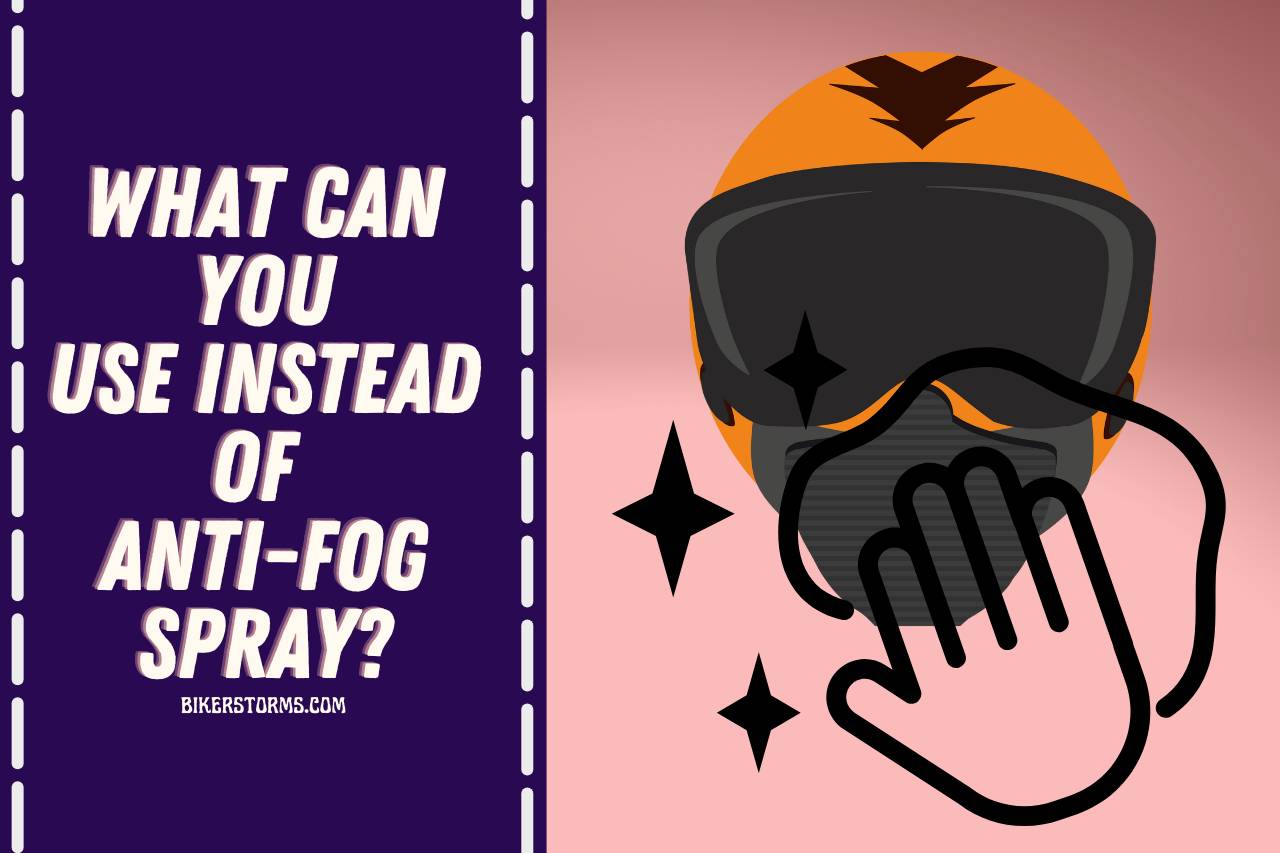How to Keep Snowmobile Helmet from Fogging? |Handy Solutions|
Does anyone notice how your helmet screen starts to fog up while riding a snowmobile? Till it becomes dangerously erratic and you are unable to see explicitly? The panel of any helmet may certainly begin to fog up in the winter because of a variety of factors, including the cold weather. How to keep snowmobile helmet from fogging? Discovering the root of snowmobile visor fogging is the first step.
Why Do Snowmobile Helmets Fog Up?
While you’re outside in the weather, it’s possible that your sweating or warm intake will cause your hat to fog up. A dual-pane glass can help in avoiding the accumulation of frost that might otherwise obscure your vision. Using a gasp box also allows you to divert the air you blow out of your eyes and downhill.
You can manage your warmth and avoid fogging by using both the front and rear airflow holes that can be opened and shut. Cooler air shouldn’t enter your helmet through the chin screen.
When heated, humid breath comes into touch with cold objects, such as the interior of a camera lens or even the lenses of glasses, fogging results. The extra heat escaping from the head makes it worse.
This happens if your metabolism is inherently warm or if you exercise too much, which causes your system to get overheated. In contrast, fogging on any face mask or glasses might get worse with cooler outside weather.
Warm air from your mouth strikes the visor’s chilly surface. Just stopping breathing, holding his breath for such a long period of time, or better yet, finding a means to redirect your final breaths from the helmet, is the cure. To defrost and clean my helmet, go somewhere warmer inside.
How to Keep Snowmobile Helmet from Fogging?
First, check to see if your skull seal is strong. The arctic air might creep in via any holes or fissures and result in fogging. Also, to assist in stopping fogging, one could purchase certain anti-fog plugs that fit inside the headgear. Maintaining warm skin is yet another piece of advice. Your breath will freeze if the forehead is chilly since it is hot air.
By allowing cold, dry exterior air to enter the helmet, air ducts can assist in preventing fogging. To remove head warmth, several vents can maintain airflow. These are much less excruciatingly cold on your cheeks and eyes than maintaining a broken visor when tearing down a snowmobile track.
A thin layer of heat from an electric visor prevents the majority of shield fogging. Yet, it cannot do much to stop the accumulation of frosting or freezing rain on its own exterior surface. The heat should undoubtedly melt all visor material if it were intense enough to accomplish so. Try using the blade of a paper chamber key to scrape off outside ice as an alternative.
Ensure sure the windscreen on your snowmobile is the appropriate height, given the size. It’s going to be difficult to maintain the face shield glass clear and bright if its glass deflects chilly airflow onto that. In order to block the wind over your head, we’ll advise a taller windscreen.
A helmet’s ability to fog up quickly or signs can be significantly impacted by dirt and fingerprints. Consider using a microfiber cloth to wipe your facial shield prior to riding.
You can maintain the helmet fog-free by closing the visors and opening the exhaust fan. Elevate the helmet throughout these breaks in your travel so that airflow within the helmet doesn’t stop when you quit running. The misting can be lessened but not necessarily eliminated by applying an anti-fog solution on the interior of your facial shield.
Does Anti-fog Spray Work on Helmets?
Using a spray that performs the job for you is likely the easiest approach to prevent fog off your motorbike helmet visor. You must maintain a regular schedule for cleaning the helmet’s visor, but once you’ve done so, you’ll see the change nearly right away.
A synthetic detergent is used by nearly every one of them to aid in decreasing the level of water tensile force within the helmet plus visor. When riding, particularly when it is raining, you must always use anti-fog spraying.
Without a doubt, the anti-fog layer provides a more durable fix than the spray. Numerous months but even decades can pass before the covering layer wears off. Since the producers of helmets take care of that for us, you need not worry about putting it on.
Consider motorbike helmet anti-fog cloths as sanitary towels that remove gathered filth from your windshield. They are designed for open-shielding bike helmets. Anti-fog cloths have the added advantage of completely removing fog from the camera lens and preventing it from forming in the first place.
What Can you Use Instead of Anti-fog Spray?
Some individuals put a tiny amount of mild dish detergent on the interior of the lenses or face protection with a clean cloth, letting things dry, and afterward buff only sufficient of the detergent away to allow for strong direction. Put a light coating of toothpaste within, carefully rinse this one with water, and afterward, pat it dry under a soft towel.



Shaving foam is used similarly to soap by rubbing a tiny quantity on a microfiber sponge and running it over something inside the lenses or face protection. Once it has dried, any remaining shaving cream is rubbed off. Slice a potato into wedges, then massage the white portion of the potatoes out over the lenses. Then let it dry naturally before buffing it clean.
Make careful, to begin with, a clean area if you choose to use one of these simple home treatments. Scrapes will almost always arise from rubbing something against a lens or face protection that is filthy.
Do No-fog Masks Help Prevent Helmets from Fogging?
However, not all face shields effectively prevent misting. The front of a headgear or one’s spectacles may even become fogged because of some particles, which direct your breathing upwards!
Users can avoid your helmets bike helmet freezing up by wearing a specific anti-fog helmet. This is accomplished by employing a neoprene helmet that conceals the nostrils and mouth.
By filtering all the pollutants via the mask, which maintains the windshield clear and odor-free, the concealer helps avoid your windshield from fingerprint smudges.
There seem to be particular fog masks on the market with a “breather” that slopes downward and a snug fit across both face and nostrils.
You May Also Like







